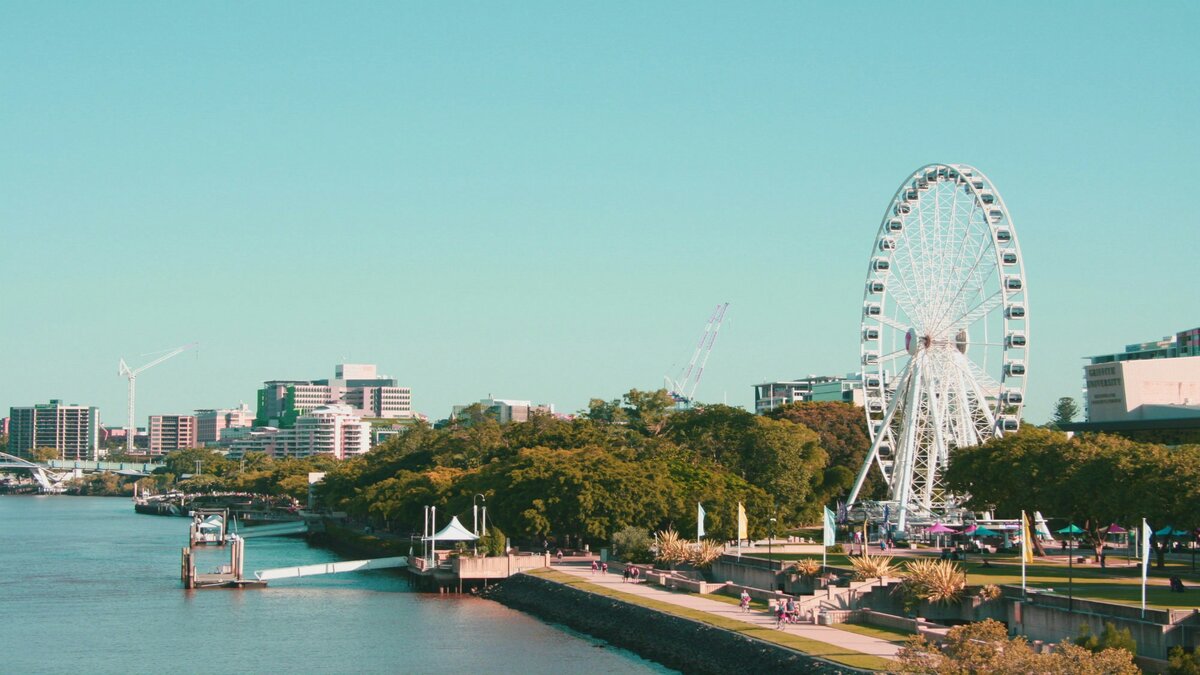If you’ve taken out a home loan where the LVR (loan-to-value ratio) exceeded 80%, you were probably charged a few thousand dollars worth of Lenders Mortgage Insurance (LMI). This isn’t to be confused with mortgage protection insurance, where borrowers are protected if something happens that prevents them from making repayments: LMI insures the lender from making a loss in the event of default.
LMI premiums are therefore usually paid through gritted teeth, and if the policy becomes obsolete, you might justifiably be wondering whether you can get some of that money back. The general rule is that LMI is non-refundable, but in some cases, you might be entitled to recoup a bit back.
Who is eligible for an LMI refund?
LMI refund for paying the mortgage early
In certain circumstances, customers who repay the home loan in full in the first couple of years of the loan might be able to get a partial lenders mortgage insurance refund. It is written into the most recent Banking Code of Practice that whenever a borrower is charged for LMI, they receive a fact sheet outlining the policy features and terms, including whether there are circumstances they are entitled to a refund.
In general, to be eligible for an LMI refund, the loan must have been repaid in full less than two years from the settlement date, and the refund amount must be greater than $500.
Can you get an LMI refund for refinancing?
An LMI policy is taken out between a lender and an insurer, with the cost passed on to customers. That means you normally can’t transfer a policy over when you refinance to a different lender.
Say you take out a home loan with NAB, on 90% LVR. To insure the loan, NAB then goes to its insurer (currently QBE), and pays a premium for lenders mortgage insurance, to cover itself if you default on the loan and the outstanding amount owed is more than the property is worth. NAB then simply charges the premium amount to you, in full, but the policy is between them and QBE, not you.
Now let's say after a few months, you decide to refinance to ANZ. If the loan is still above 80% LVR, ANZ will need lenders mortgage insurance, but it will do so with its own in-house LMI provider. A new mortgage insurance policy needs to be drawn up. NAB won’t give you your money back if you are taking your business elsewhere, so you’ll need to pay the full amount for another policy.
Even if you’re refinancing with the same lender, the new loan might still need a new LMI policy since it's a new insurance proposal. Some lenders though might deduct the cost of the original premium from the new, or at least offer the new one at a discounted rate.
How do LMI refunds work?
When an LMI policy is written, the insurer is technically charging the bank, which simply passes the cost on in full to you the borrower. Refunds work the other way. You’ll need to contact your lender to request an LMI refund, who will then process it with the insurer.
Helia and QBE, the two major mortgage insurance providers in Australia, both do not allow refunds if a request isn’t made within a certain timeframe after the loan is repaid. If you’ve made a request with your lender, it's worth following up to make sure it gets passed on in time.
Lenders mortgage insurance refunds are always partial because the policy kicks in immediately from the date of settlement. Even if you are repaying the loan after just a few months, the mortgage was still covered during that time, so some of what the premium paid for was used. Every state also charges a duty on lenders mortgage insurance premiums, which is not refundable.
LMI refund policy at Australia’s largest banks
These details are correct as of December 2023.
CommBank
Australia’s largest bank uses Helia for its LMI. Helia policy allows partial premium refunds of up to 40% when the loan was repaid within a year, and 20% if it was repaid between one and two years. At CommBank though, no LMI refunds are granted.
Westpac
Westpac has a separate LMI business. It was sold to Arch Capital in 2021, but retains an exclusive supply agreement to provide LMI to the Westpac group.
At Westpac, St George, BankSA and Bank of Melbourne, customers are entitled to a partial mortgage insurance premium refund under the following conditions:
-
The loan is repaid in its entirety and the mortgage discharged
-
If this happens within 12 months of settlement, a 40% refund applies
-
If this happens between 12 and 23 months after settlement, a 20% refund applies
-
-
The loan can’t have been in arrears
-
The refund must be greater than a minimum threshold (borrowers should check with their lender about their threshold)
NAB
The sole provider of LMI for NAB is QBE. General policy at QBE is that refunds are only available for loans repaid within twelve months, but according to NAB, customers can get the same 40% for one year, 20% for two year refund rate that’s available at Westpac.
ANZ
ANZ has an in-house LMI provider. ANZ customers might be able to get a 50% refund for loans paid off within 12 months, and 25% if the loan is repaid between 12 and 23 months after settlement.
Suncorp
Suncorp also uses QBE for its policies. According to the Suncorp website, LMI is generally not refundable, but in some limited situations, customers may be entitled to a partial refund of the LMI fee, depending on the arrangement with the LMI provider. Customers are encouraged to talk to Suncorp, a broker or a financial adviser for further information.
Picture by Kelly Sikkema on Unsplash

Ready, Set, Buy!
Learn everything you need to know about buying property – from choosing the right property and home loan, to the purchasing process, tips to save money and more!
With bonus Q&A sheet and Crossword!



 Denise Raward
Denise Raward
 Harry O'Sullivan
Harry O'Sullivan

 Brooke Cooper
Brooke Cooper


